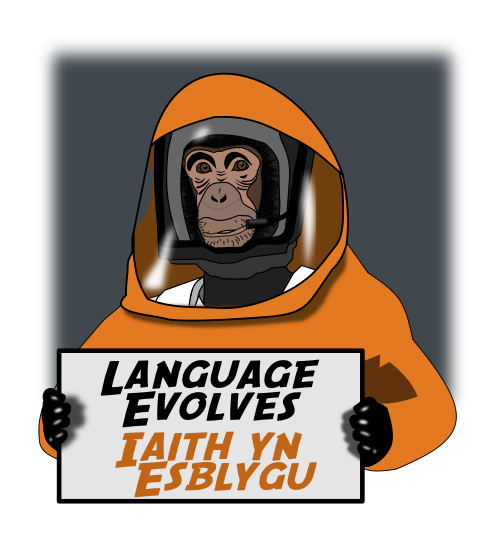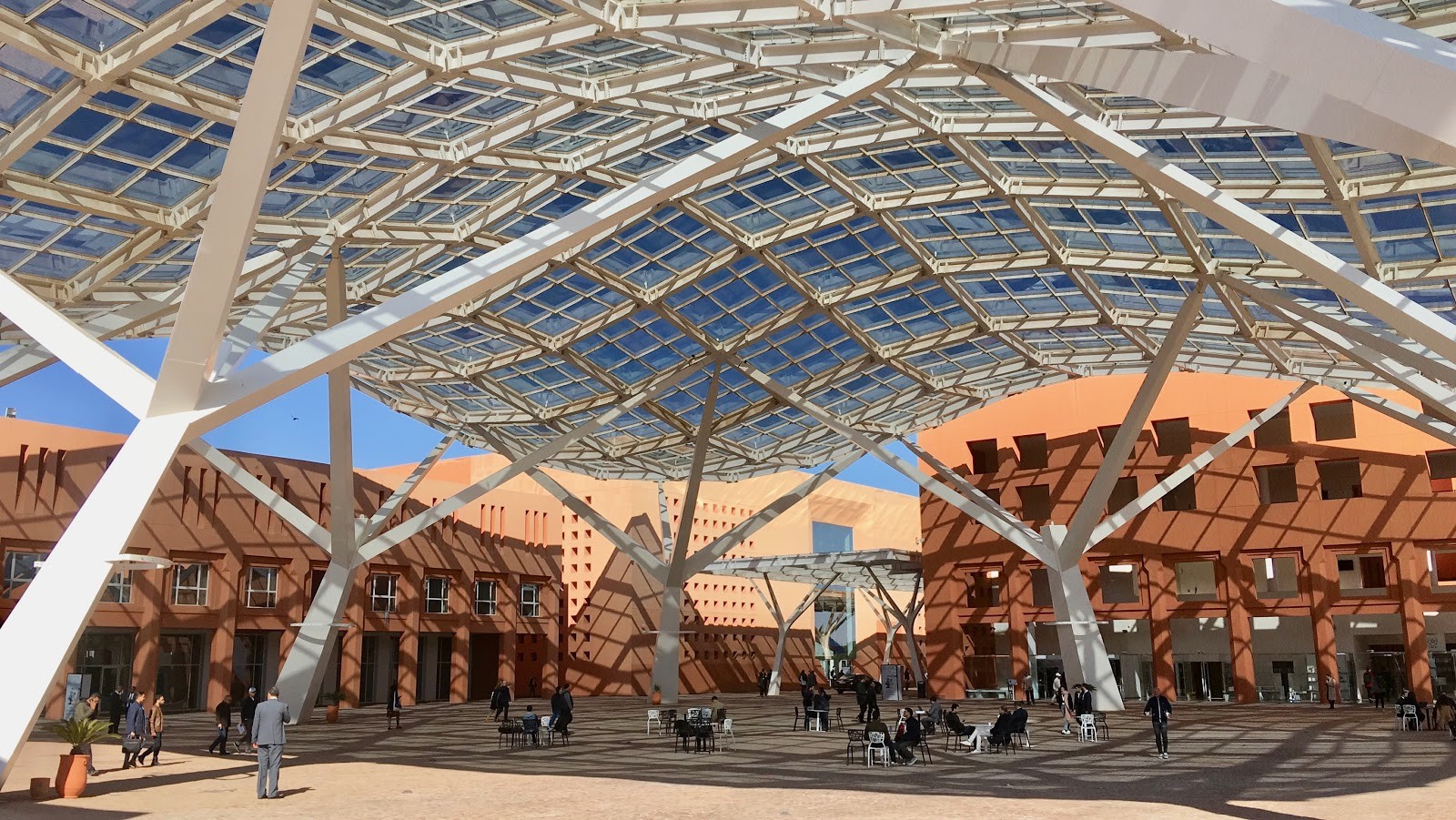I’m currently working on a long article in which I review two recent critiques of computational criticism (one by Nan Z. Da and the other by Franco Moretti and Oleg Sobchuk). Moretti and Sobchuk introduce cultural evolution into their discussion, but don’t say much about it, and I’m suspect that their audience, and mine, is unfamiliar with current work in the area. Accordingly I’ve decided to prepare a brief appendix to serve as a guide. Since I will be citing my own work in my article, and further developing my views, I do not mention it in this guide.
Much of the recent work on cultural evolution is empirical; researchers count things and see how they behave over time. This work requires minimal commitment to a specific theory or model of how cultural evolution works. That is perhaps wise, as there is no consensus on how to relate the relevant biological concepts to cultural entities and processes. These questions can help you organize and sort through the different conceptualizations.
1. What is the target/beneficiary of the evolutionary dynamic?
Is it a human or collection of humans that benefits directly or is it the cultural entity itself. “Directly” is the key word, as humans must ultimately benefit, otherwise cultural evolution is just a waste of biological resources. To the extent that there is a “mainstream” approach it is something called “gene-culture coevolution” or “dual inheritance theory.” In this approach humans are the direct beneficiaries of cultural success.
When Richard Dawkins proposed the meme as a cultural replicator in The Selfish Gene (1976) he proposed that the meme itself was the direct beneficiary of evolution. This allows for a potential conflict between cultural and biological evolution. A cultural trait like celibacy among the religious, for example, would seem to conflict with a biological ‘imperative’ to reproduce.
2. Replication (copying) or (re)construction.
Independently of the first question, how is the cultural entity transmitted from one person to another? Is it a process of imitation or reconstruction? Genes replicate through a process of copying, hence Dawkins’ choice of a term, “meme”, to suggest that. He sees genes as cultural replicators, and many researchers agree with this.
In 1996 Dan Sperber published Explaining Culture in which he argued that, no, cultural entities aren’t copied. Rather they’re reconstructed. Hence instances will differ from one another.
3. Is there a meaningful distinction comparable to the biological distinction between phenotype and genotype?
As far as I can tell, this distinction has little meaning for those focusing on empirical work. They count what they can count. And it doesn’t seem to have much purchase among adherents of gene-cultural coevolution or dual-inheritance theory. For these investigators we have populations of humans on the one hand, and cultural entities on the other. At this level of abstraction those cultural entities are all of the same kind.
The distinction comes into play when you take the position that cultural entities themselves are the direct beneficiaries of the evolutionary process. Dawkins sometimes talks of memes as though they are comparable to biological genes, implying that there are phenotypic entities as well. Other times, however, he talks of memes as viruses, in which case there is no phenotypic entity. As far as I can tell, Sperber doesn’t make this distinction either.
4. Are the genetic elements of culture inside people’s heads or are they in the external environment?
Dawkins was ambiguous on this point in The Selfish Gene. There is a strong tendency to conceptualize culture’s genetic entities, if you will, as being inside people’s heads. Most meme advocates do, and I believe that Sperber and his followers do as well. But one can take another position, that the culture’s genetic entities are in the external world in one form or another. That’s the position I take.
What to read?
I would recommend that humanists with no background in evolutionary thought start with Gary Taylor’s Cultural Selection: Why Some Achievements Survive The Test Of Time And Others Don’t (Basic Books: 1996). It side-steps the theoretical mess around and about those four questions and discusses a lot of examples. I read it years ago and so don’t recall any specifics, but this publisher’s blurb seems reasonable:
[Taylor] argues that culture is not what was done, but what is remembered and that the social competition among different memories is as dynamic as the biological struggle for survival. Taylor builds his argument on a broad base of cultural achievements, from Michelangelo to Frankenstein, from Shakespeare to Casablanca, from Freud to Invisible Man. He spans the continents to draw upon Japanese literature, Native American history, ancient Greek philosophy, and modern American architecture.
What’s next? I would suggest: Laland, K. M. and G. R. Brown, Sense and Nonsense: Evolutionary Perspectives on Human Behavior, (Oxford University Press: 2002). That’s the edition I read, but there is a second edition published in 2011. Laland and Brown cover not only cultural evolution in its various conceptual forms, but evolution and human behavior more generally, including sociobiology, behavioral ecology, and evolutionary psychology. As I recall, the title is apt, sense and nonsense.
Then you might want to look at a relatively short document (37 pp.) giving summaries and positions articulated in a workshop Daniel Dennett convened in 2010. It was held at the Santa Fe Institute in New Mexico. Participants: Dan Dennett, Susan Blackmore, Rob Boyd, Nicolas Cladière, Peter Godfrey-Smith, Joseph Henrich, Olivier Morin, Peter Richerson, Dan Sperber, and Kim Sterelny. They run through various issues centered on the second question above. The document is published by the International Cognition & Culture Institute (founded by Dan Sperber) as Cultural Evolution Workshop (2010) at this link, http://cognitionandculture.net/ebooks/. You can download it as a PDF or iBook.
For gene-culture coevolution and/or dual inheritance I would recommend Alexander Mesoudi, Cultural Evolution: How Darwinian Theory Can Explain Human Culture and Synthesize the Social Sciences (University of Chicago Press: 2011). This is only moderately technical.
If you want to further investigate memetics, you should start with Dawkins, The Selfish Gene. It’s been reissued several times; any edition will do. Read the whole thing, not just the memetics chapter; that will give you a better understanding of what was on his mind when he posited the existence of memes. Once you’ve read that you should read this paper, Jeremy Trevelyan Burman, The misunderstanding of memes: Biography of an unscientific object, 1976-1999, Perspectives on Science 2012, vol. 20, no. 1, pp. 75-104. Burman explains how the concept went from a relatively informal and ambiguous idea to the popular concept of a viral agent moving from mind to mind. Also look at Derek Gatherer, Why the ‘Thought Contagion’ Metaphor is Retarding the Progress of Memetics, Journal of Memetics-Evolutionary Models of Transmission, vol. 2, 1998, pp. 1-21, http://cfpm.org/jom-emit/1998/vol2/gatherer_d.html. Gatherer argues against the idea that culture’s genetic elements are entities in the brain/mind.
Dan Sperber’s book – Explaining Culture: A Naturalistic Approach (Wiley: 1996) – is relatively short and quite readable. He talks of an epidemiology of representations and adopts the term “attractor” from complex dynamics. A cultural attractor is a bit like a Platonic Ideal (though I suspect Sperber would reject the comparison); it is a form toward which cultural entities evolve according to factors of attraction. These factors might be some psychological preferences and/or environmental features that favor a cultural entity. This approach has come to be known as cultural attraction theory (CAT).
For a different take on the subject you can read Robert Wright, Nonzero: The Logic of Human Destiny (New York, Pantheon Books: 1999). Wright is working outside the nexus of the four questions I’ve listed above. He takes a long view of human history, from origins up to the present, and argues that we are moving toward ever more sophisticated modes of cooperative interaction. His title, NonZero, is a term from game theory. A zero sum game is one where one party’s gain is necessarily another party’s loss. A nonzero sum game, in contrast, is one where all parties can come out better than they were before entering into the interaction. Wright’s other point of departure is an empirical literature in anthropology and archaeology that dates mostly to the third quarter of the previous century. These scholars were interested in measuring the cultural complexity of existing, but also historical, societies and developed sophisticated statistical tools for doing so. Wright then argues that culture evolves toward more complex forms with more cooperative interactions between people.
As a bonus, you might want to look through the archives of the listserve associated with the Journal of Memetics – Evolutionary Models of Information Transmission, which was published from 1997 to 2005. It was an online journal, here: http://cfpm.org/jom-emit/. The list is archived here: http://cfpm.org/~majordom/memetics/about.html#archives.
Finally, the Cultural Evolution Society was founded a couple of years ago: https://culturalevolutionsociety.org/.




